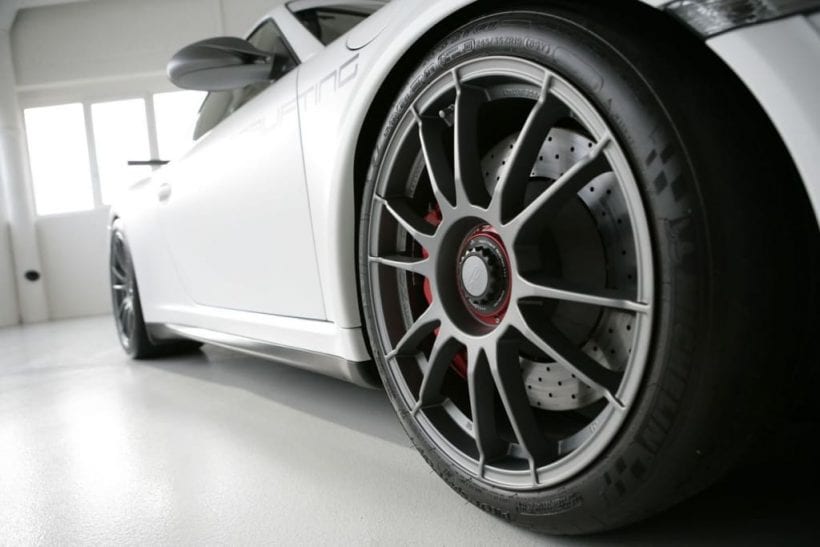Knowing how to choose the best wheels for your car takes a lot of expertise and knowledge on the subject.
However, the internet is an amazing place and if you’re here then chances are you’re looking for an answer. Luckily for you, we have the article that will help you decide by looking at few things.
Without wasting too much of your precious time, let’s start with our 2020 guide.
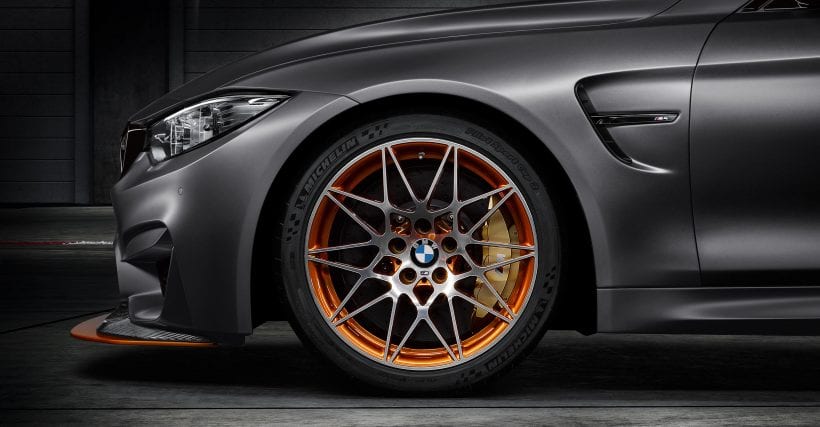
1. What’s Your Taste?
Since you’re looking for new wheels, then that means you must have a particular taste to satisfy. Wheel customization can be very exciting for any car owners as it gives the car something more in terms of aesthetics.
But how can you know your taste if you’ve never thought about it? Sure, they don’t have to look like something out of a drag race but it would be smart to give a thought about the design.
Ask any expert on the subject and they’ll tell you that the wheels make the car look good. And we believe this to be true as how many times have you noticed the wheels of a car before even noticing the car itself?
This is an important decision to make, so we suggest you give it time.
2. New or Old?
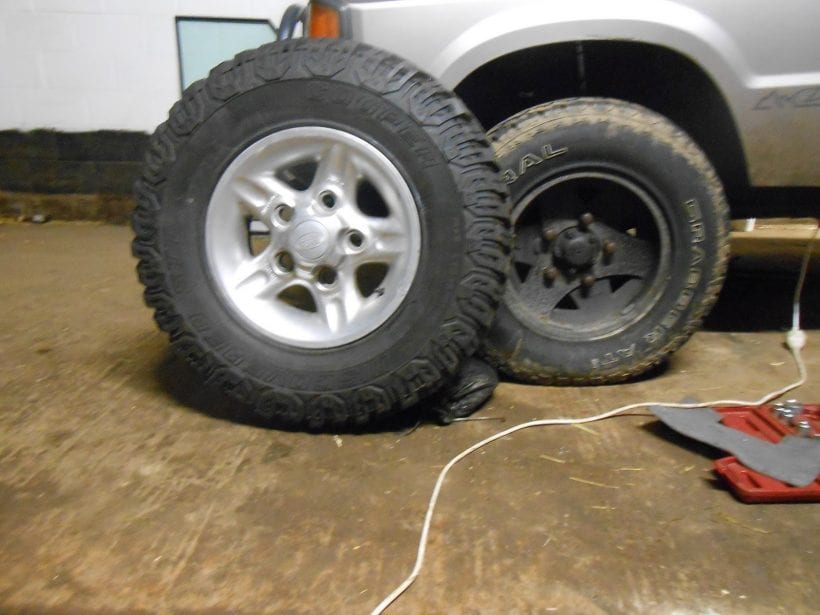
A question that always gets asked is whether to buy new or old wheels. The definitive answer would be to always go for new, regardless of any external factor.
New wheels will not only look better, but they’ll also be much safer. We won’t even mention quality and longevity as you’re always getting more out of new wheels.
With all that said, new ones will cost significantly more than used, but that is something that only you can judge.
3. Determine the Size
The first mistake to avoid is to buy wheels before doing a couple of measurements. Namely, determining the size of the wheels and comparing it to your model will make sure you don’t make a costly error.
An easy way to avoid this mistake is to simply go on Google and type in “wheel size”.
Once you find a great website that can determine your size, simply find your car or vehicle model and you’ll know exactly what to look for.
The standard for any car is either 14’’ or 16’’. Some manufacturers make them much smaller, such as Toyota in 13’’, while others make them much bigger.
Bigger wheels are usually the case for Range Rovers and Jeeps.
In addition to the wheel size, you can also look for the correct bolt pattern. If you feel as the online world cannot help you, then you can always measure both size and bolt pattern yourself.
Finding the proper measurements on these two will make sure you don’t spend needlessly on a unit that isn’t compatible with yours. A lot of sellers that offer vmr wheels, such as m2motorsportinc, will have the size displayed on the name of the model.
So all you have to do is simply compare sizes.
4. PCD
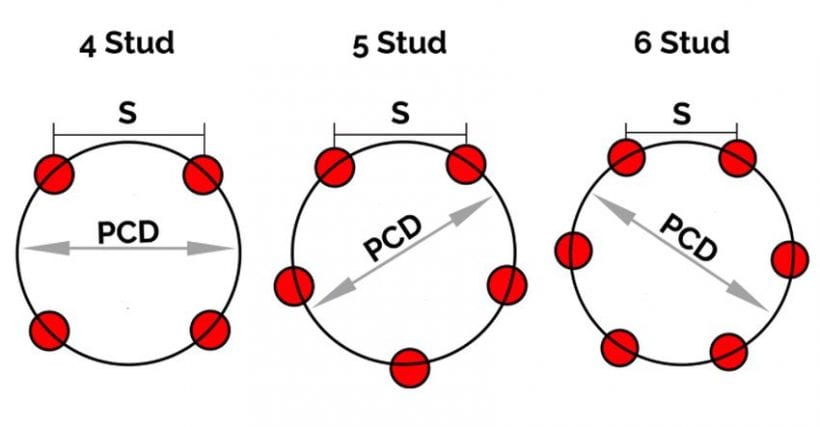
PCD is an acronym for Pitch Circle Diameter, and it is very important to take into consideration. Simply said, if your vehicle’s PCD is different or doesn’t match to the wheels you’re buying, then you’ll have no use of those units.
There are a couple of dimensions that come as the standard size for PCD. This includes the likes of 100, 110-114.3, and 120 mm. If this confused you, PCD is essentially the distance between the studs of the wheels.
This distance can easily be measured by simply measuring the distance from the center of one stud to the center of the opposite. You do this for every stud; pretty straight forward if you ask us.
One thing to know when doing the measurements is that sometimes the number of studs can come off as odd. If this is the case, then you’ll need to draw a circle that goes through every studs’ center and measure that distance.
5. The Width
A very important part of the wheel selection process has to do with the width of the particular unit. While some will say that this is a pure aesthetics decision, others disagree.
The width of a particular wheel means one of two things. If the width is wider, then do know your car will use more petrol while driving. This is because wider units have a better grip, but what this does is force the engine to work more.
Wider wheels are usually used for racing and fast takeoffs.
Much like the size of a particular unit, the width of the unit is also measures in inches. The width can come anywhere from 5 inches to 12,5. Notice how the width can be rounded to the nearest half-inch. This is because half an inch can make a huge difference.
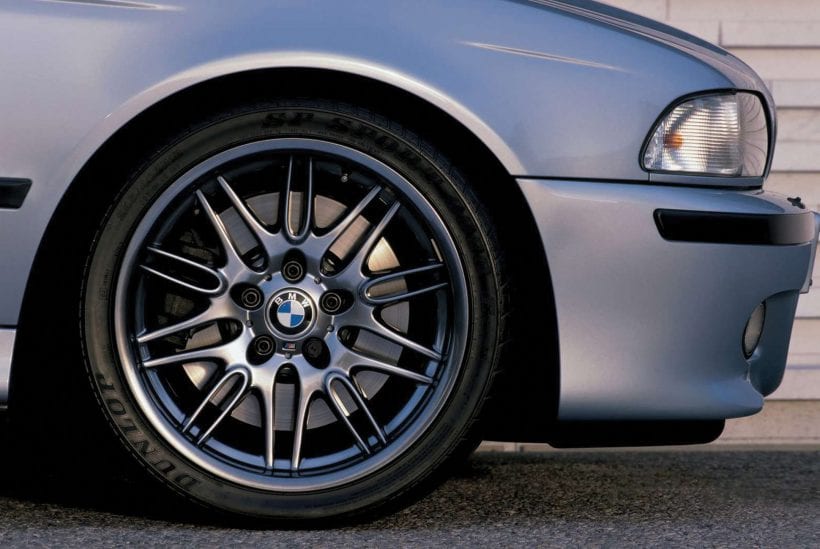
6. Offset
Offset is the subject of much debate, the same as the width, but we tend to agree that it is not that important. Its importance is indeed real, but we won’t categorize it as crucial.
But what the offset is, essentially, how far pushed your wheels are. Calculating the offset is a rather tricky task as it takes into account multiple things. We suggest you have your car mechanic calculate the offset.
But when buying new wheels, do know that they will vary drastically from your factory-made ones. Factory-made units that go straight into a vehicle come with a thinner offset.
Sometimes, you’ll get a negative number when calculating the offset. This is nothing unusual and is perfectly normal. While most offset measurements do come off as positive, there is a slight chance that your offset is so thin that it returns a negative value.
The higher the offset means the more your wheels will be pushed inside, while a low offset will make your car look like an F1 car.
These are out 6 tips on how to choose the best wheels for your car. While there are other tips to use, these are the most important ones to look out for.

